Split-panoramas
The EPSON International Pano Awards 2020 has recently selected Oleg Gaponyuk to receive the first prize in the category 360° and the title of the VR-photographer of the year. The picture that was highly assessed by the jury was not just a usual panorama but a so-called split-level photo.

The particular characteristic of the split-level photography (i.e. divided) is the possibility to capture the air and water scenes simultaneously in one image. Technically, creating split-level pictures is a rather difficult task.

The picture winning the EPSON Award is a split-level photo of the Chandelier Cave in Palau. Stalactites and other limestone cave formations can grow in different forms and sometimes these "clusters" resemble lightning appliances. The word "chandelier" is often used in the official terminology for cave deposits. In Palau, there are so many of these picturesque formations that they gave the name to the whole cave.

Another fascinating place in Palau is Jellyfish Lake that was named in honour of its inhabitants: the species living here is called the golden jellyfish or Papuan jellyfish (Mastigias papua). They look like a bell with four tentacles. The lake appeared around 15,000 years ago and jellyfish have multiplied in large numbers: now there are around 10 million of them in the lake! Other species of jellyfish can be met in Raja Ampat, Indonesia: the moon jelly (Aurelia aurita). Look how exciting it can be to swim among jelly crowds and admire the landscape above water at the same time.

Cuba's Jardines de la Reina National Park, the Gardens of the Queen, is known for the abundance of the local fauna. It consists of the coral "forests" and hundreds of fish species, including many species of sharks: the silky shark, Caribbean reef shark, blacktip shark, lemon shark, hammerhead shark and many others. In the Maldives, we were lucky to have captured the whale shark and what is hidden (from it) in the airspace! The interesting fact about this shark is that this species is absolutely safe for people: it feeds on plankton, all day round, even during the night.

Other inhabitants of the Maldives are equally famous: mobulas, often collectively referred to as "devil rays". They look pretty intimidating and in the past, people believed that this fish could smash a human by embracing him with its huge "wings" or even eat him! This is just a legend, and in fact, mobulas are peaceful and graceful residents of warm seas.

Journeys to distant lands allow you to admire fantastical views but they also raise the issue of where to stay during the trip. AirPano highly recommends luxurious resort hotel One&Only Reethi Rah and of course, invites you to enjoy the effect of presence with our split-panoramas!

Photos by Oleg Gaponyuk
28 October 2020
Read more
Photogallery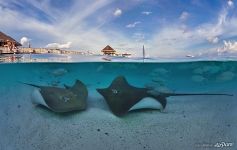 Stingrays. Maldives
Stingrays. Maldives
 Chandelier Cave, Palau
Chandelier Cave, Palau
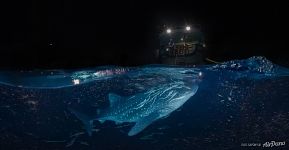 Whale shark, Maldives
Whale shark, Maldives
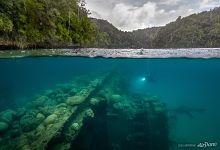 Sunken ship in Palau
Sunken ship in Palau
 Jellyfish Lake, Palau
Jellyfish Lake, Palau
 Whale shark, Maldives
Whale shark, Maldives
 Golden jellyfish
Golden jellyfish
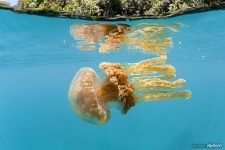 Golden jellyfish
Golden jellyfish
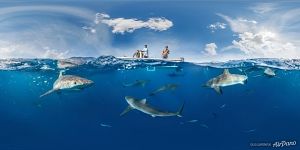 Gardens of the Queen, Cuba. Split-panorama with sharks
Gardens of the Queen, Cuba. Split-panorama with sharks
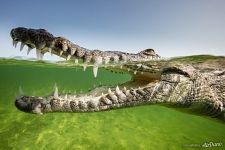 Crocodile
Crocodile
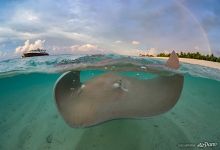 Stingray. Maldives
Stingray. Maldives
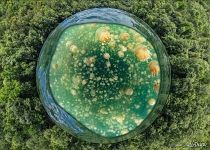 Jellyfish Lake, Palau
Jellyfish Lake, Palau



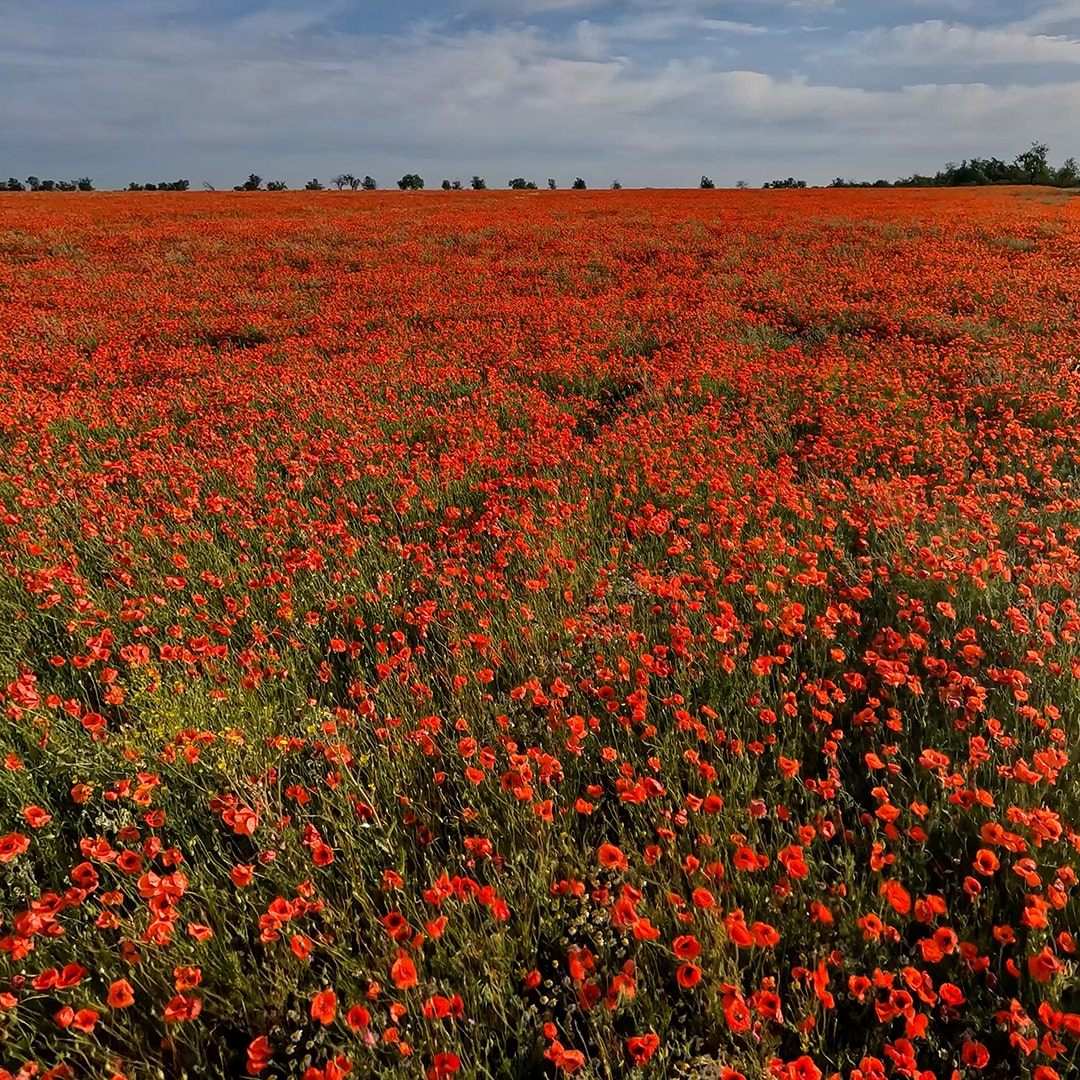

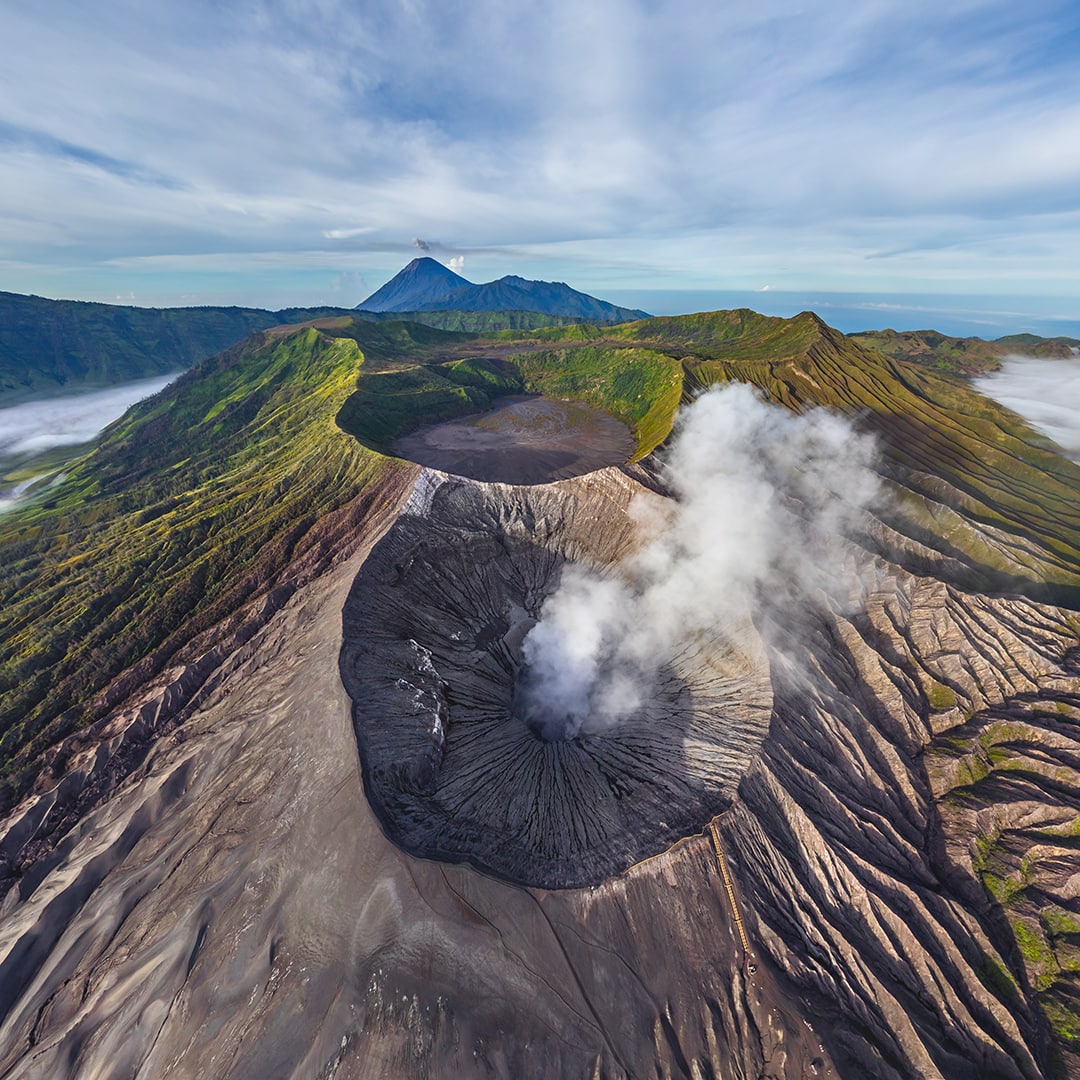

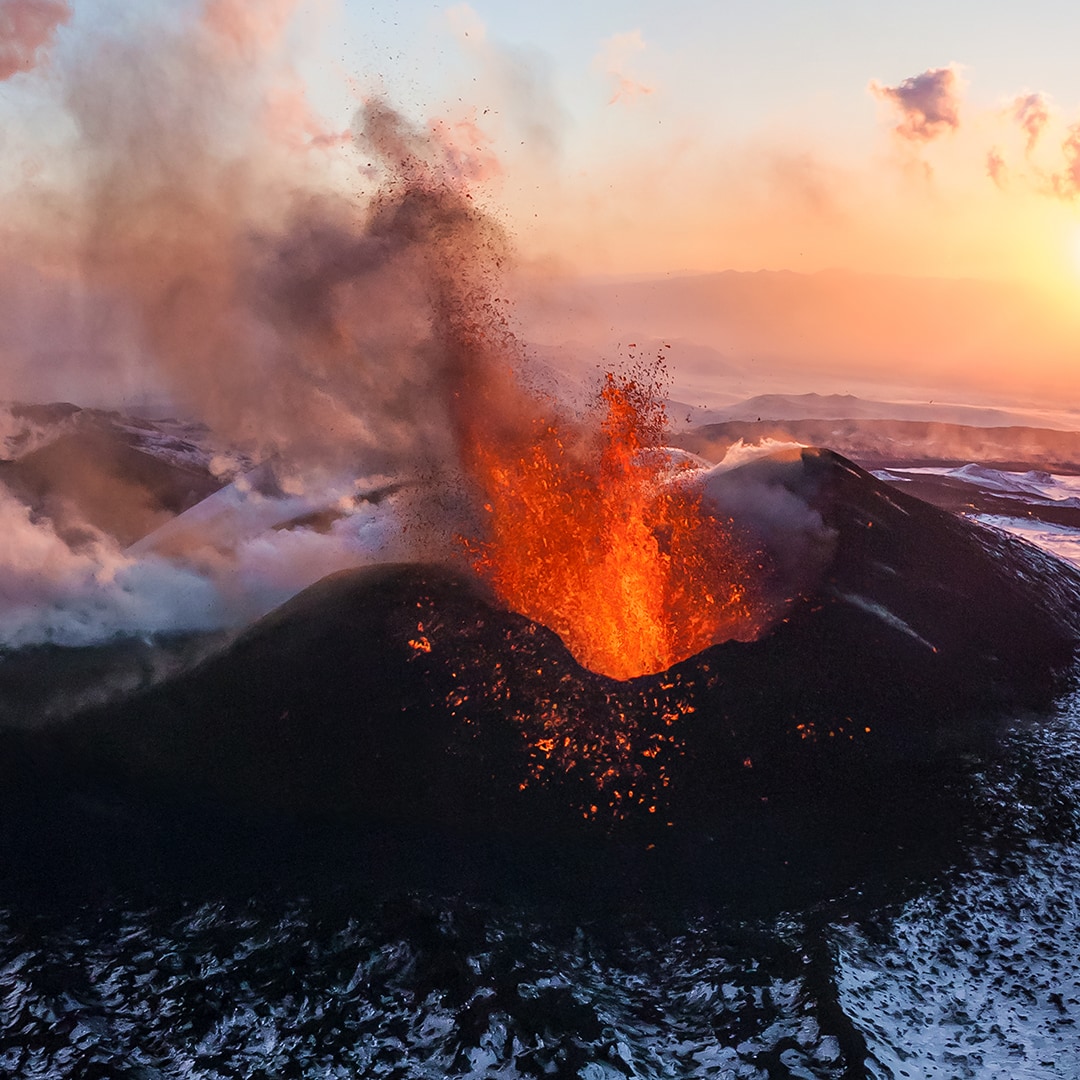




Virtual Travels in 360°
 Langtang, Nepal
Langtang, Nepal
 The Geoglyphs in Palpa Valley, South America, Peru
The Geoglyphs in Palpa Valley, South America, Peru
 Lake Basumtso, Tibet
Lake Basumtso, Tibet
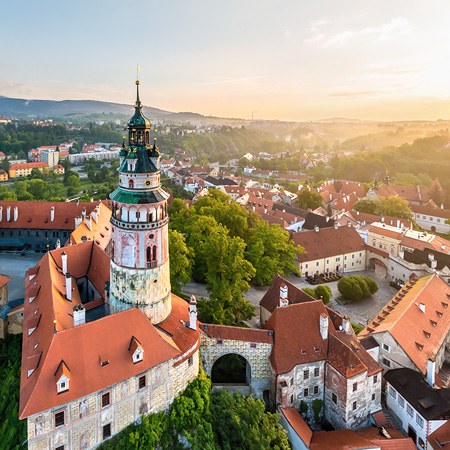 Cesky Krumlov, Czech Republic
Cesky Krumlov, Czech Republic
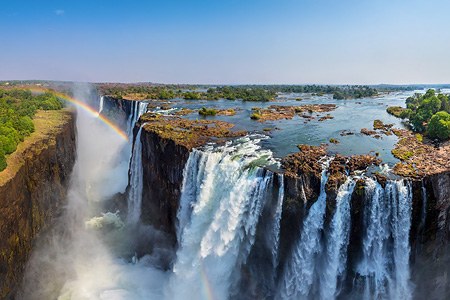 Victoria Falls, Zambia-Zimbabwe. Part I
Victoria Falls, Zambia-Zimbabwe. Part I
 Hawaii. Oahu and Kauai. 360 video in 12K
Hawaii. Oahu and Kauai. 360 video in 12K
 Shibuya Crossing. Tokyo, Japan
Shibuya Crossing. Tokyo, Japan
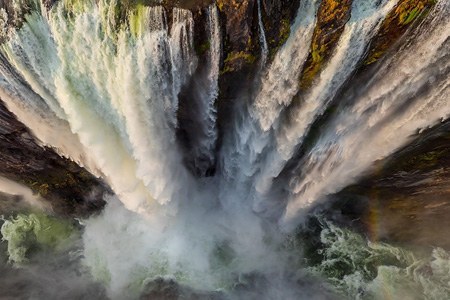 Victoria Falls, Zambia-Zimbabwe. Part II
Victoria Falls, Zambia-Zimbabwe. Part II
Show more


